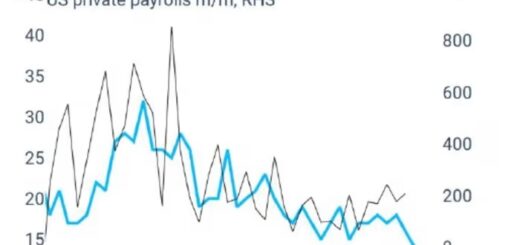Stocks Set for a Dot-Com Bubble-Like Shift
This raises concerns about how much longer the rally can maintain its current momentum.
The S&P 500 is nearing a rare milestone: a 20% or greater rise in two consecutive calendar years. As of Tuesday’s close, the index had crossed the 20% year-to-date mark, hitting its 41st record high of the year.
Although the S&P 500 saw a slight pullback by the end of Wednesday, it remains near its peak. Following the Federal Reserve’s substantial interest rate cut, many investors are hopeful the index will push higher.
It’s been a long time since the market experienced consecutive years of such strong performance. The last time was in 1998, during the dot-com boom, when the index posted four straight years of 20%-plus gains, starting in 1995. Before that, stocks hadn’t seen two consecutive years of such gains since 1955, before the S&P 500 was introduced.
With the S&P 500 up 60% from its October 2022 low, according to FactSet data, investors are beginning to wonder how much further large-cap U.S. stocks can rise and whether this remarkable bull market may be nearing its peak.

Some have suggested shifting away from large-cap stocks in favor of small- and mid-caps or looking for bargains abroad. Others argue that large-cap stocks still offer the best potential for returns, even as valuations have climbed to historically high levels.
The comparison to the dot-com era is hard to ignore. While many experts are quick to point out the differences, it’s notable that technology stocks are once again leading the charge. Information technology and communication services now represent a significant share of the S&P 500’s market value, and valuations relative to sales are even higher than they were in 1999, according to FactSet.
However, today’s companies are much more profitable than they were in the late 1990s. Recently, the S&P 500’s forward price-to-earnings ratio was 21.6, lower than the 24 times earnings seen in late 1999.
Some analysts caution that high valuations could set the stage for below-average returns over the next decade. But others, like those at Yardeni Research, believe that strong earnings growth and improving productivity will continue to support the market, pushing it higher through at least 2030.
While tech stocks may not dominate the market as much as they did earlier in this rally, other sectors—such as financials, industrials, and utilities—have begun to play a larger role. If these lagging sectors continue to gain momentum, the broader market could sustain its upward trajectory.
Historically, following a 20% return, the S&P 500 has averaged a 9% gain the following year. While the pace may slow, history suggests that the rally could still continue.




